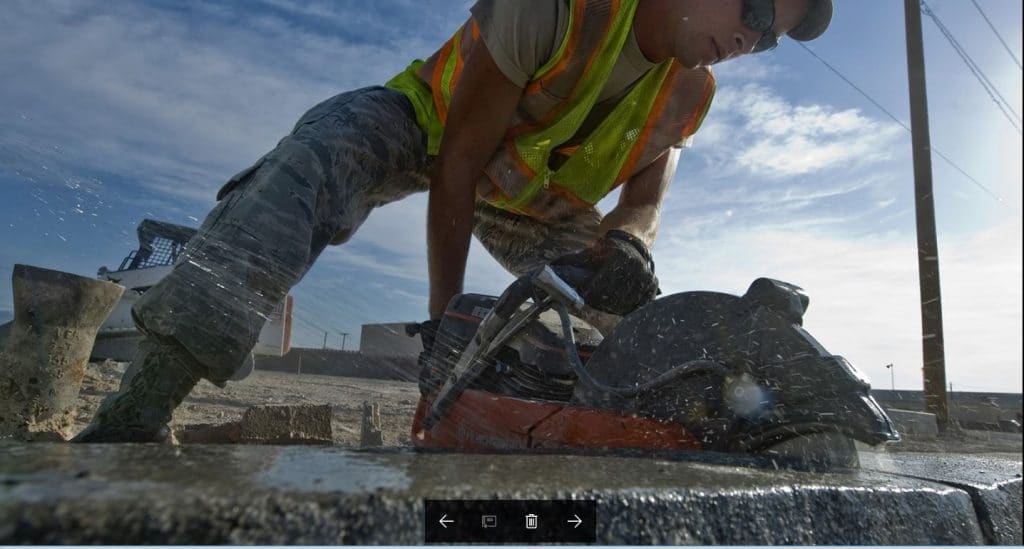Policemen Save Worker Shocked at Worksite
Quick thinking from two Shiloh, IL, policemen helped save a construction worker’s life in October 2016.
The worker’s industrial concrete saw was believed to come into contact with an energized electrical line, rendering him unconscious. He ended up lying in water about 6 in. deep. At least one other person tried to move him, but he or she was shocked also.
One of the officers who responded to the scene used a canvas tie-down strap to wrap around the worker’s wrist and pull him away from the water and electrical source. They performed emergency procedures until paramedics arrived.
The police officers have been recognized publicly for their heroic actions. At a November Village Board of Trustees meeting in their town, they were presented with a Life Saving Award.
“In my opinion, if my two officers had not used the professional training they received, I don’t believe the victim would have survived until our ambulance got there,” Shiloh Police Chief Jim Stover said. “It was a challenge to get him out from where he was, but everyone worked together.”
This Bears Repeating
The policeman did the right thing when he used a non-conductive item, the canvas tie-down strap, as a tool to get the victim away from the electrical source.
The following information bears repeating and sharing with others. We published this in a previous blog about a New York City subway accident:
When attempting an electrical rescue, always use a non-conductive object to remove the victim from the source of power, if possible.
This object could be something made of wood or rubber (broom, board, or rubber mat). At a construction workplace, workers are sometimes taught to use their Class G (2000 volt-rated) or Class E (20,000 volt-rated) hardhat to push the victim off the source. Another option is a hook stick, a fiberglass tool rated at 100,000 volts-per-foot, designed specifically to pull someone off and away from the source of electricity.
Use Caution:
Read these and other points taken from the Mayo Clinic site.
- Don’t touch the injured person if he or she is still in contact with the electrical current.
- Call 911 or your local emergency service if the source of the burn is a high-voltage wire or lightning. Don’t get near high-voltage wires until the power is turned off. Overhead power lines usually aren’t insulated. Stay at least 20 feet (about 6 meters) away – farther if wires are jumping and sparking.
- Don’t move a person with an electrical injury unless he or she is in immediate danger. (underline added)

